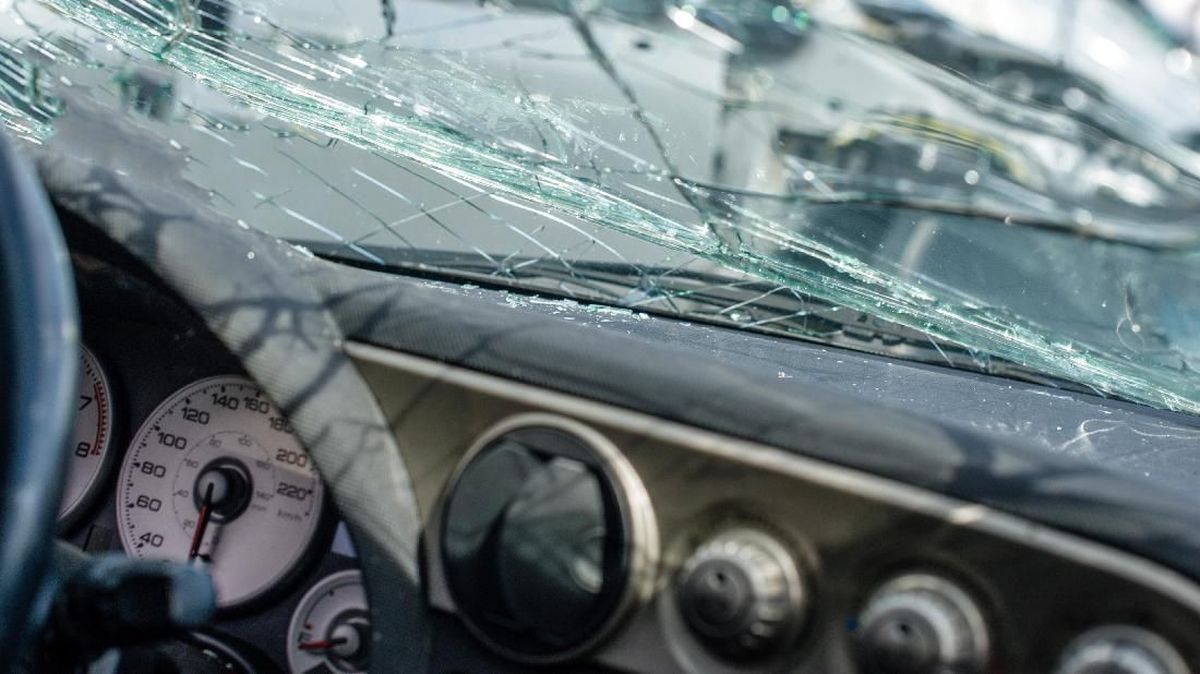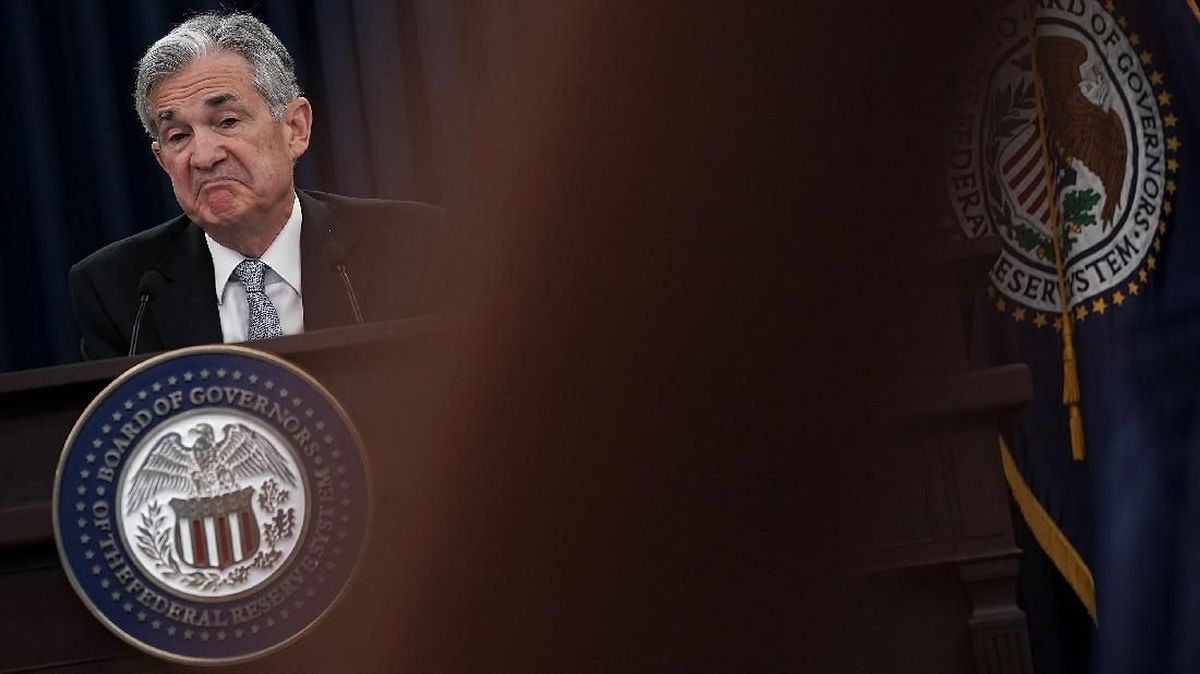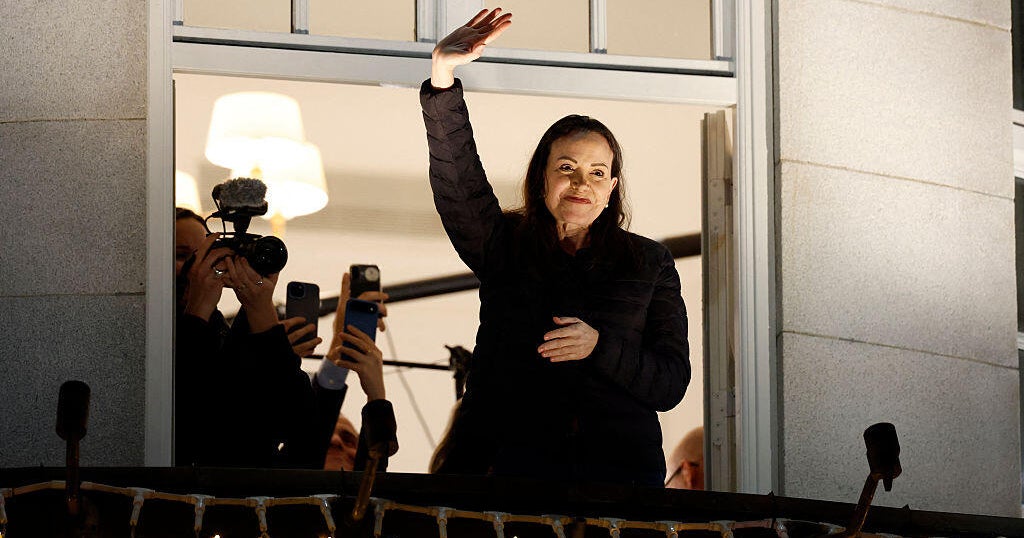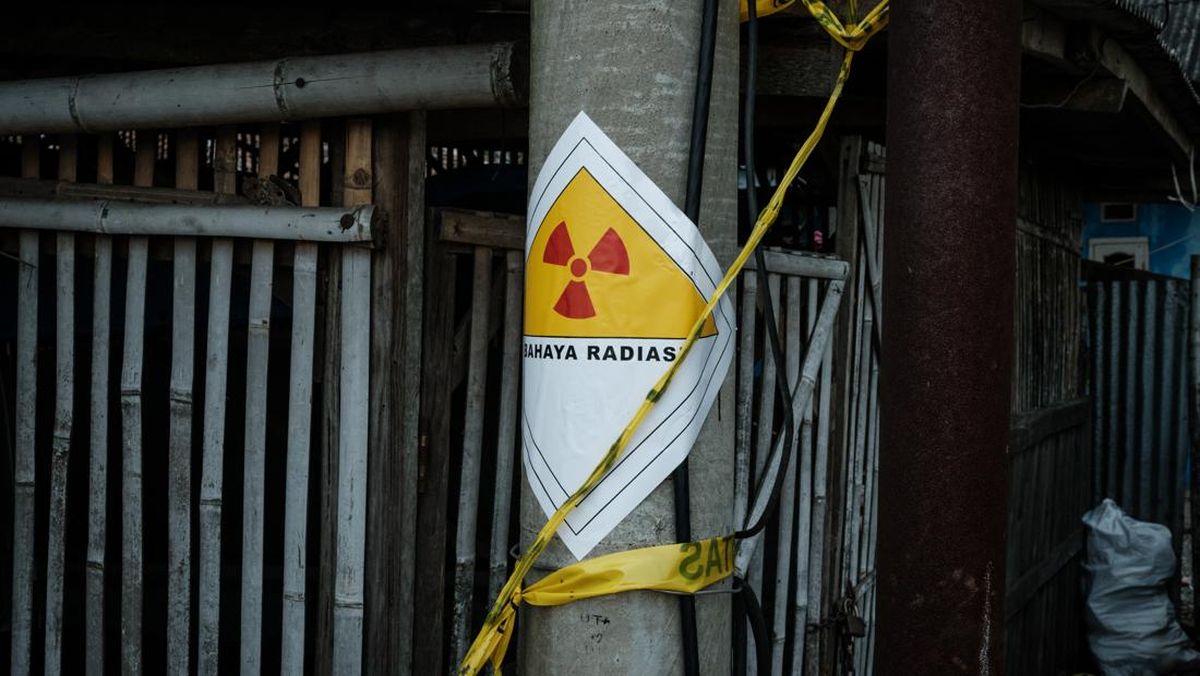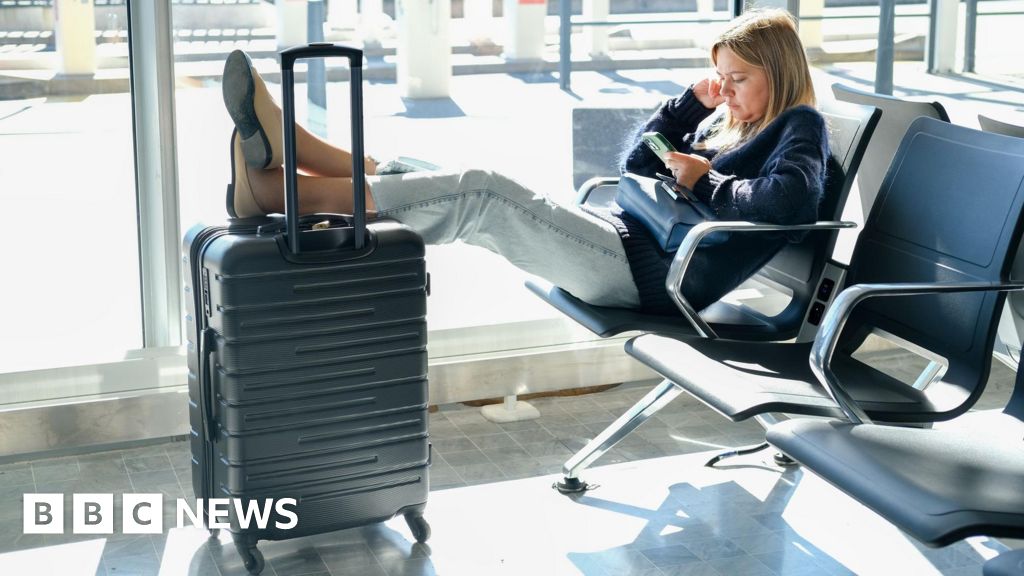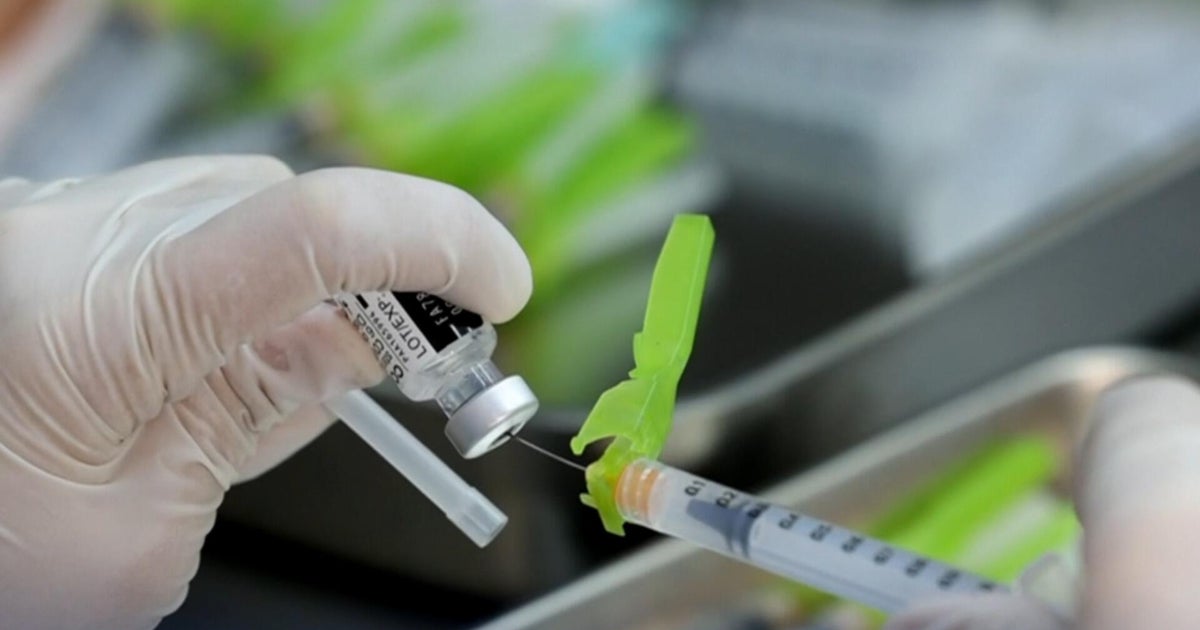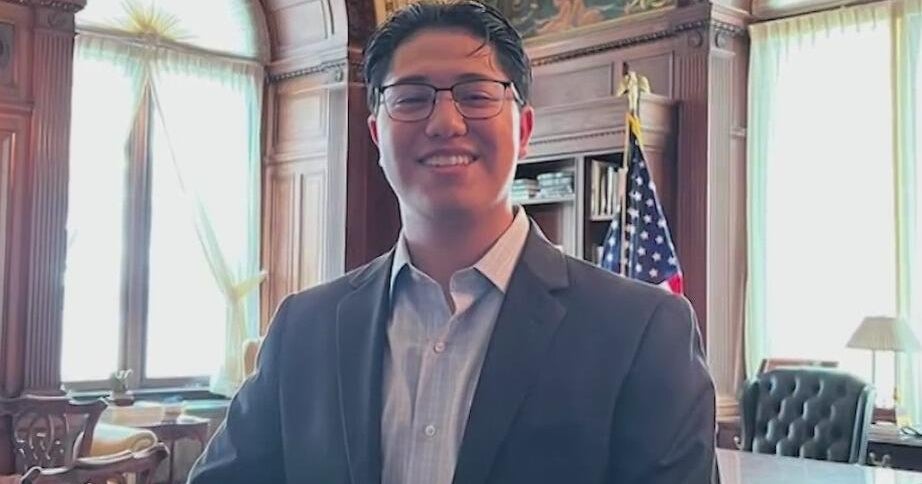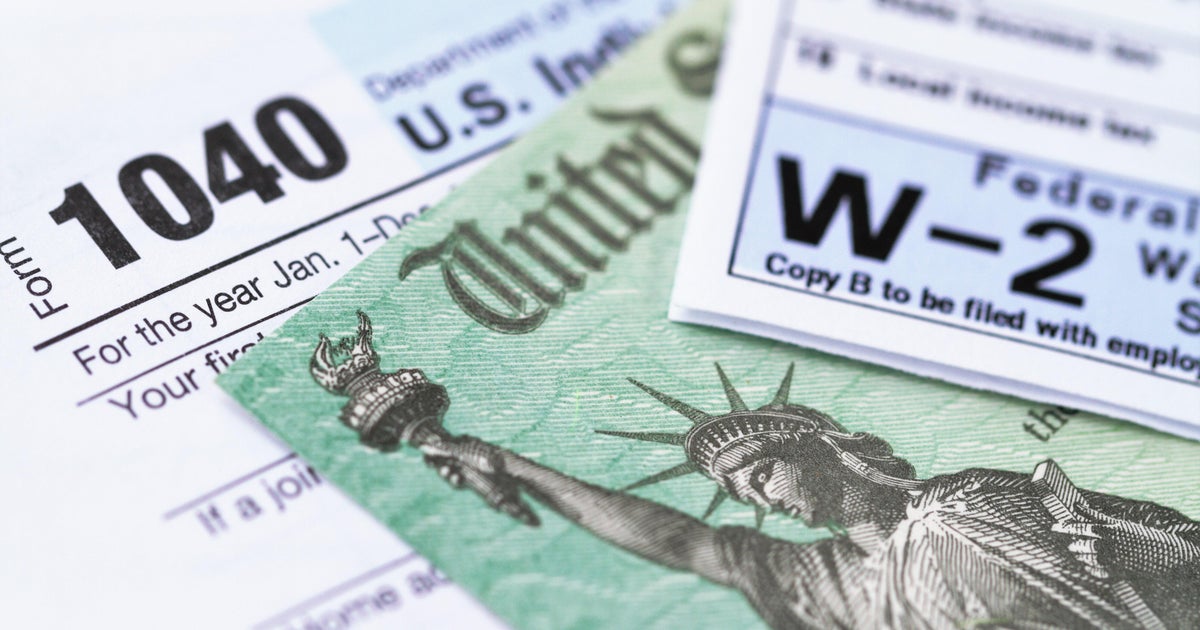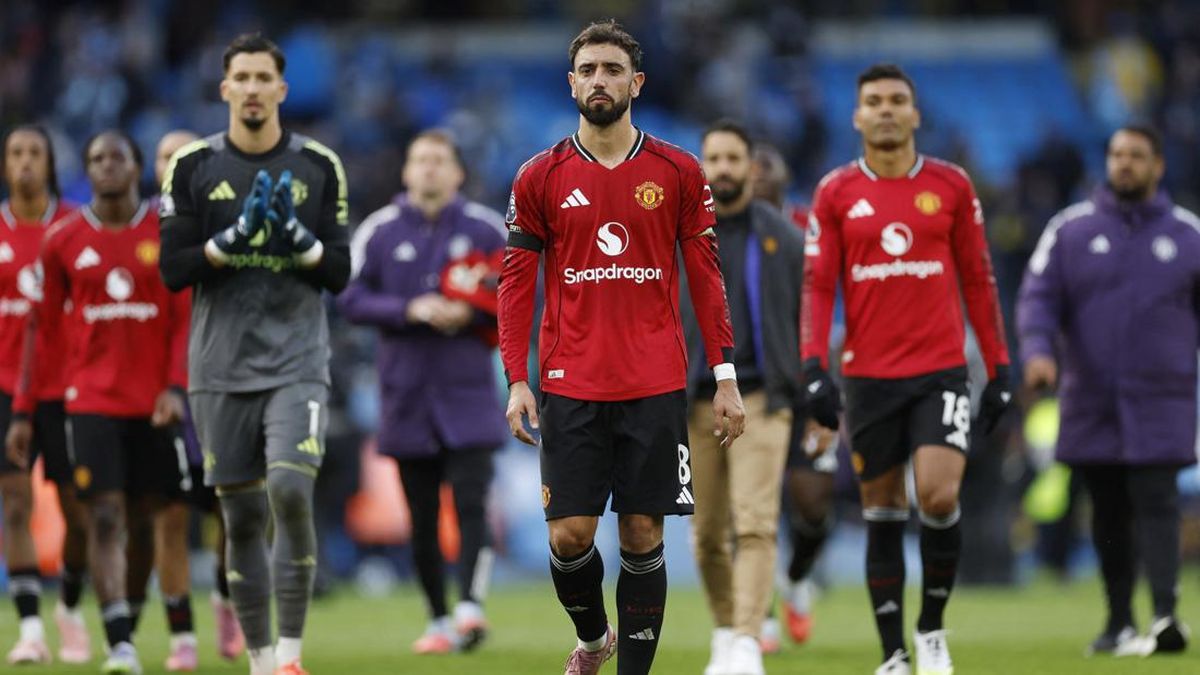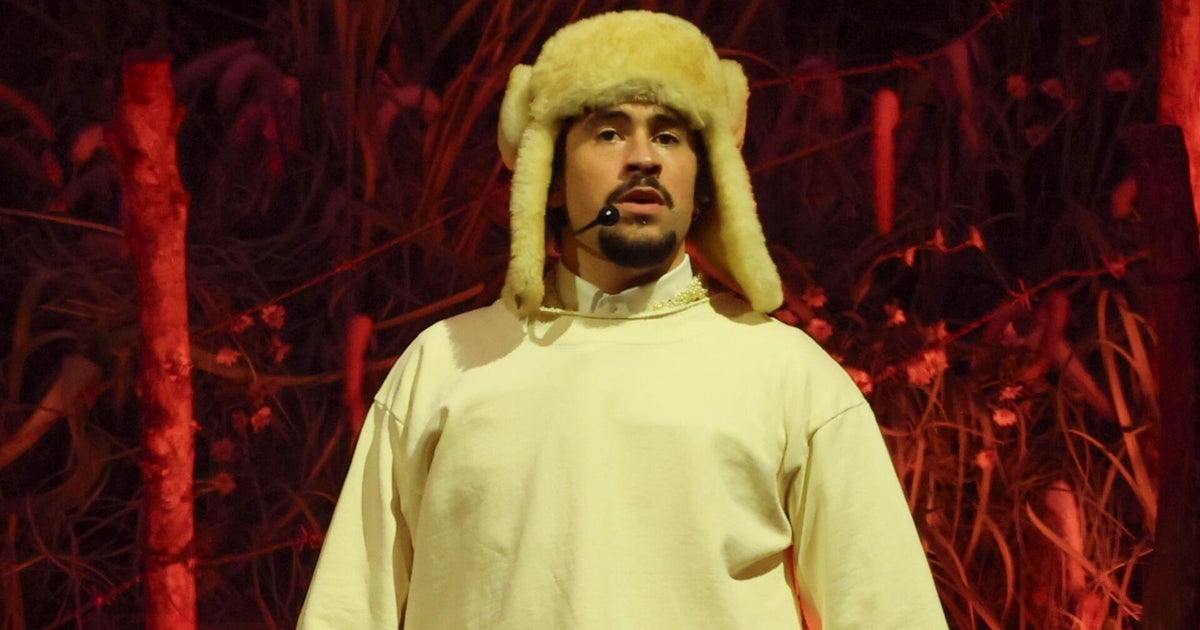The corrupt cop was a former boxer; the honest cop was a former AFL footballer – so they were evenly matched, except for one thing.
The honest cop was a dog handler, and the German shepherd was not amused at someone trying to punch his best friend.
The drug squad detective had been caught in 2003 outside an East Oakleigh drug house he had just robbed, and was desperate to fight his way to freedom.
That’s when Silky the dog decided to take matters into its own hands, or more accurately its own mouth, latching onto Dave Miechel’s athletic thigh. The wounded cop tried to punch the dog, which caused the handler to hit him with his torch.
Miechel ended up with a fractured cheekbone and jaw, plastic surgery from the bite and 12 years for the crime.
Some crooks never learn. The other day, hoons in three cars thought they were beyond the law, with one ramming a police car that happened to be a dog squad unit. That was his first mistake.
His stolen car wrecked, he tried to run. That was his second.
The dog handler, Leading Senior Constable Michelle Dench, told him to stop. He didn’t. That was his third and final mistake.
Her German shepherd, Devil, sped past to down the offender, who was later able to reflect on his mistakes on the way to hospital.

Michelle Dench with Devil, when he was 22 weeks old.Credit: Victoria Police
Dench was lucky not to be seriously injured. The offender was unlucky that his target was Dench, considered one of the best handlers in the country, regularly topping the arrest charts.
She took promotion to sergeant, where she was a supervisor, but missed the road and the thrill of the chase so she reverted in rank, admitting she is addicted to catching crooks.
This year marks the 50th anniversary of the Victoria Police dog squad. The first unit consisted of only four German shepherds. In that first year, the squad answered about 540 calls and assisted almost 70 arrests.
It is now called to more than 5000 jobs and helps in 500 arrests every year.

The early days, at a burglary.
Police first trialled dogs just over 100 years ago, with a bulldog-airedale cross called PC Bully assigned to the wireless patrol.
He was a fearsome sight sitting on the running board as the patrol car was speeding along at more than 70km/h. Unfortunately, Bully couldn’t catch a cold and the program was abandoned until 1975.

One of the originals on the job.
Now there are 50 dogs: labrador detection dogs (the sniffers) and general duties dogs (the biters) – German shepherds, Belgian malinois and a lone rottweiler called Mack who made his first arrest three weeks after graduation.
“Mack is our smallest general duties dog, a real rocket who packs a punch – a smiling assassin,” says Acting Senior Sergeant Mark Boysen.
The Special Operations Group has its own explosives detection and tactical dogs.
The detection dogs hunt cash, drugs, guns and ammunition. At the police kennels, areas are set up as domestic rooms that include furniture and hidden panels, where the dogs are trained to find contraband.

Some of the squad, from left: Senior Constable Lachie McGarvie with Odin, Senior Constable Bead Anderson with Major, Acting Senior Sergeant Mark Boysen, Acting Sergeant Devon Eddy with Nugget and Senior Constable Joel Read with Frank.Credit: Eddie Jim
Boysen says dogs find what people can’t, including recently a gun hidden behind a metal plate in a washing machine.
General duties dogs are the all-rounders. They can track scent, chase fugitives and, if needed, drop an offender with a ferocious bite. Each time a dog bites, it is recorded as a use-of-force incident and has to be reviewed.
What isn’t recorded are the times the mere presence of a dog avoids the use of force.
Years ago, an experienced police officer came upon a fugitive in the bush. He called the offender to surrender (he didn’t), then when he pulled his gun, the man kept approaching.
“I was shaking so much. If I’d shot, I probably would have missed him. Then he stopped and put his hands in the air. A dog handler with his dog had just turned up behind me.”
Boysen is a 30-year dog squad veteran who has the scars to prove it. Two bung knees from jumping fences and chasing crooks and a reconstructed wrist from a bite from his own dog. The cop grabbed the crook by the leg as the dog bit the same spot. Boysen was collateral damage.
He still has the same enthusiasm for the dog squad as when he walked in back in 1991.
When he started, there was no Critical Incident Response Team and the dog squad was the first called for back-up when dealing with armed offenders, sieges and events seen as beyond the control of general duties police.

Going through their paces. Belgian malinois Odin with handler Senior Constable Lachie McGarvie.Credit: Eddie Jim
When an offender jumped into the Werribee River to escape, Boysen and his dog followed, swimming to the other side to make the arrest.
Often offenders choose to jump into water to try to escape from police dogs. It rarely works.
One notorious car thief in the Dandenong area used to bait the police by driving past the station, challenging the cops to chase him. Eventually, when they saw him at a petrol station, he bolted on foot into a paddock across the road.
The police secured the perimeter then sent in a dog. The thief jumped in a dam, a mistake considering it was the middle of winter. The police dog jumped in, and the offender tried to drown him.
Unfortunately for the offender, it wasn’t just the water that was nippy. He surrendered with bite wounds and hypothermia, allowing paramedics to wrap him in a foil blanket for warmth. Sadly, he then leant on an electric fence. Sometimes, luck is not on your side.
The dog and its handler are the purest partnership in policing, with both committing to a lifelong bond. They live together and clock on together.
Boysen says a dog’s working life begins at 18 months and continues for about nine years. At home, they are pets but once the handler puts his uniform on, “they are ready to go. They love to work and can’t get in the car quick enough”.

Labrador Nugget and handler Acting Sergeant Devon Eddy.Credit: Eddie Jim
Each dog has its own character, but there are three qualities that are non-negotiable: courage, obedience and stamina.
“We want courageous dogs – we ask a lot of them,” says Boysen.
Such as Butch, the rottweiler who grabbed a man armed with two knives in Williamstown. Only when the dog was prised free did the handler see Butch had been stabbed in the neck, severing the artery. The handler pinched the wound closed, and a local vet saved Butch’s life. The dog recovered to return to duty.
The rottweilers have a sense of humour, the German shepherds are the thinkers, the malinois are mission-based soldiers, and the labradors love a snack as a reward for finding contraband.
Loading
The dogs, quite rightly, are declared dangerous animals and when they end their working lives can’t be retired as family pets. They stay with the handlers.
Boysen says that like humans, they can be depressed in retirement, and so they remain part of the team, jumping into the car and heading to the police kennels at Attwood.
While they are not sent on patrol, they act as mentors to younger dogs – old dogs that actually teach new tricks.
It is the same for the handlers. Most stay for as long as they are physically able, working with three or four generations of dogs. In 50 years, there have been a total of 162 handlers.
They must be fit to keep up with the dogs and make a lifelong commitment to their canines, training them, working with them and caring for them in retirement.
The 40-hectare, $8 million dog and horse police facility is the best in Australia, backing onto a forest used for training. There is a $10,000 dog running machine where three minutes is the same as a six-kilometre run. Inspector Greg Hinton says it is used to judge heat stress to manage the dogs.
On the day we visited, police and their dogs from Australia and New Zealand were there to learn from each other. Victoria is now reviewing the New Zealand model of teaming a dog, handler and a heavily armed Critical Incident Response Team member as a heavy-duty patrol unit.
We saw an impossibly happy man who was grinning, yelling, hitting himself with a stick and even doing cartwheels. He was also wearing a triple-stitched Kevlar suit because his job was to be attacked and bitten.

German shepherd Frank goes to work during training.Credit: Eddie Jim.
Time and again, a handler would take their dog about 20 metres from Mr Happy, then release. The dog would sprint then leap, biting the upper arm – the preferred target point.
“It is a contact sport,” says Boysen.
Most of us at work retire hurt after being savaged by an angry email, but this guy seemed more than happy to be savaged by enthusiastic dogs. These dogs have not completed in-house training about not invading others’ personal space.
Pound for pound, the dogs are the most valuable asset in the police force. They show no fear, will risk their lives for their human partner, can find lost children, hidden drugs, stare down a gunman or run down a fugitive.
As Boysen says: “All they want is a pat on the head and to be told how good they are.”
John Silvester lifts the lid on Australia’s criminal underworld. Subscribers can sign up to receive his Naked City newsletter every Thursday.




